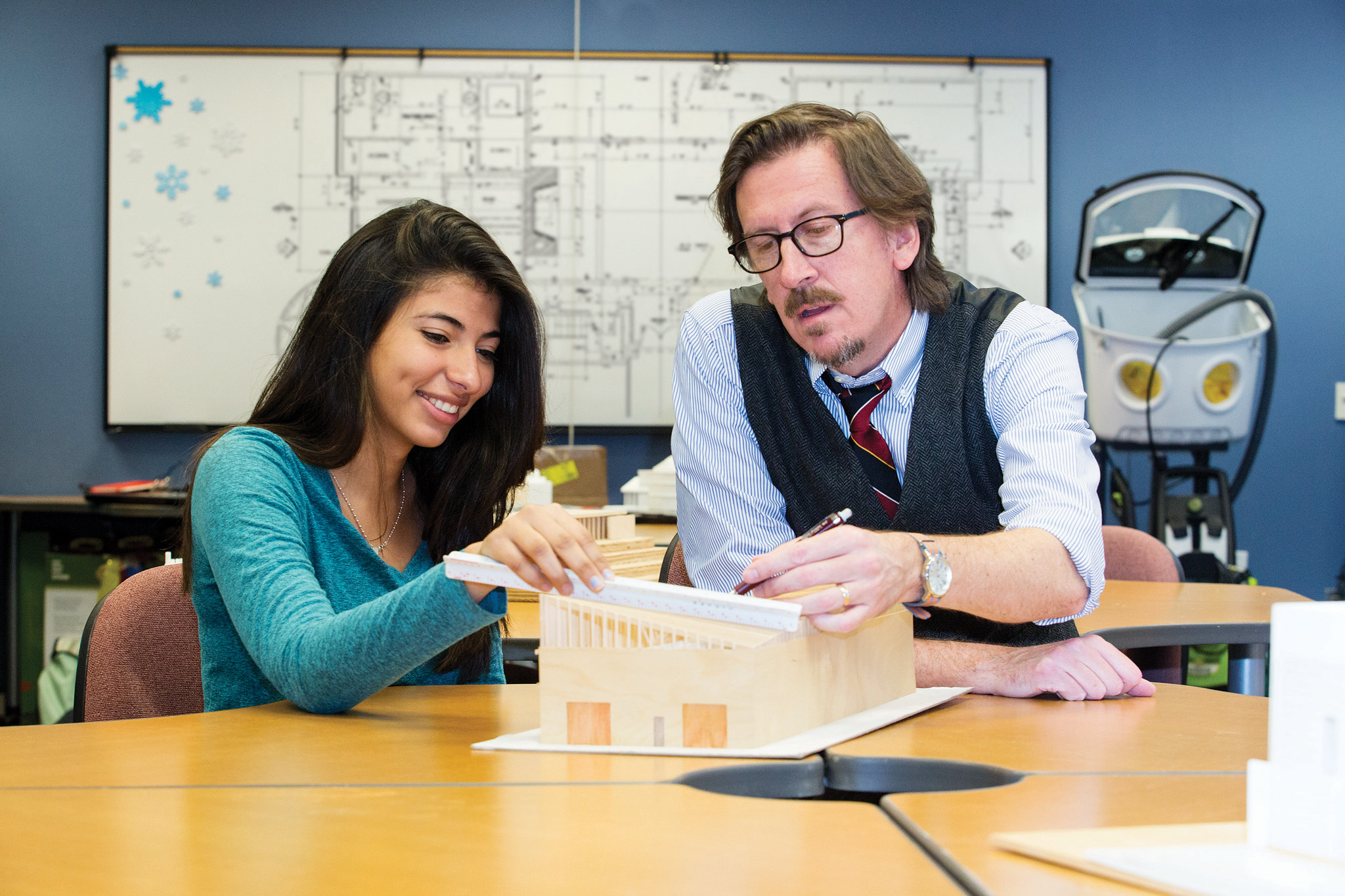Grading and Assessment
Making sure our students learn and are successful in our classes is one of the main reasons we do what we do. How we gauge student learning and understanding the institutional perspective on assessment are key to our work
Menu
Assessment Tools
- Becoming familiar with the MiraCosta Grades and Grading Policies is an essential part of the job of an instructor. Learn more about the Committee on Exceptions so that you are prepared if and when grade disputes come up, students want to retake a class, drop a class, or have questions about priority enrollment
- Whether accepting your term workload, adding waitlisted students, completing your census roster, or submitting grades at the end of a term, you can find out what you need to know about our enrollment management system, SURF, by reviewing these tutorials
- Assessment at the college happens at multiple levels – Course Student Learning Outcomes (CSLOs), Program Student Learning Outcomes (PSLOs), and MiraCosta Core Competencies.
- The Outcomes Assessment Committee works to ensure we are engaged in ongoing improvements to student learning, success, and institutional effectiveness
- You can find your specific CSLOs and PSLOs by visiting our Curriculum Management System – CurricUNET
- Rice University’s Center For Teaching Excellence – Course Workload Estimator
- The estimator is a useful tool and the information below is very thorough and provides a wealth of teaching and learning research!
- Improved Grading Makes Classrooms More Equitable by Joe Feldman
- What Are We Doing and Why? Transparent Assignment Design Benefits Students and Faculty Alike by Kasey Christopher, Ph.D.
- The Case Against Grades by Alfie Kohn
- How to Ungrade by Jesse Stommel
- Teaching In Higher Ed. Podcast – Intentional and transparent Assessment with Natasha Jankowski
- Teaching In Higher Ed Podcast – How to Ungrade with Jesse Stommel
- Harvard EdCast: Grading For Equity


